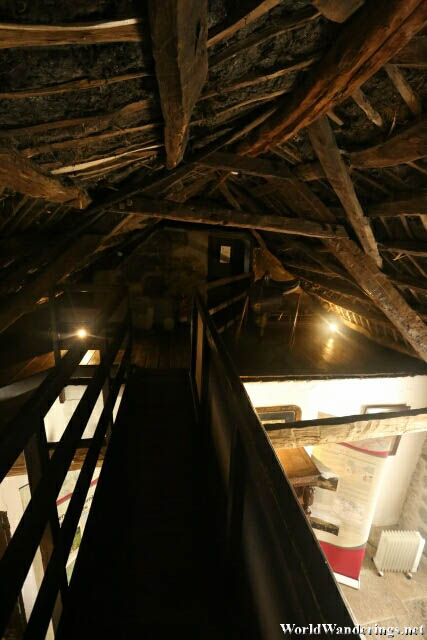I find traditional Irish thatched roof houses very charming. There is a certain charm with them that you don’t see in other houses. Probably because these types of houses are not owned by the very rich but more for ordinary folk. The materials itself would tell you that this is something which can be cheaply made. The roof of the Hezlett House is probably its most distinctive feature. While I have probably seen roofs made from plants in Asia, this is probably the first time I have seen a Western thatched roof house. As you might expect, the material used for the roof is usually dry vegetation like straw or reeds. These dried plants are then layered on top of each other to ensure that moisture is wicked away and it never penetrates the inner roof.
The thatched roof is a very ingenious way of building a roof, that was until the use of more durable material became more widespread. Although the material seems able to withstand the weather, it does rot away. So the roof needs to be replace every few years. Inside the Hezlett House, there was an exposed portion of the roof and you can see the skeleton of the roof. There were long, thick wooden beams which support the weight of the roof. Some of the seem to be there for a very long time and it is bending from the weight of the roof. I don’t know how long these beams last but most if not all of them still seem to be the original beams. It is amazing to see how this roof still works after all these years and I’m glad to find out how it does it.
[xmlgm {http://www.worldwanderings.net/kml/HezlettHouse.kmz} zoom=19]

